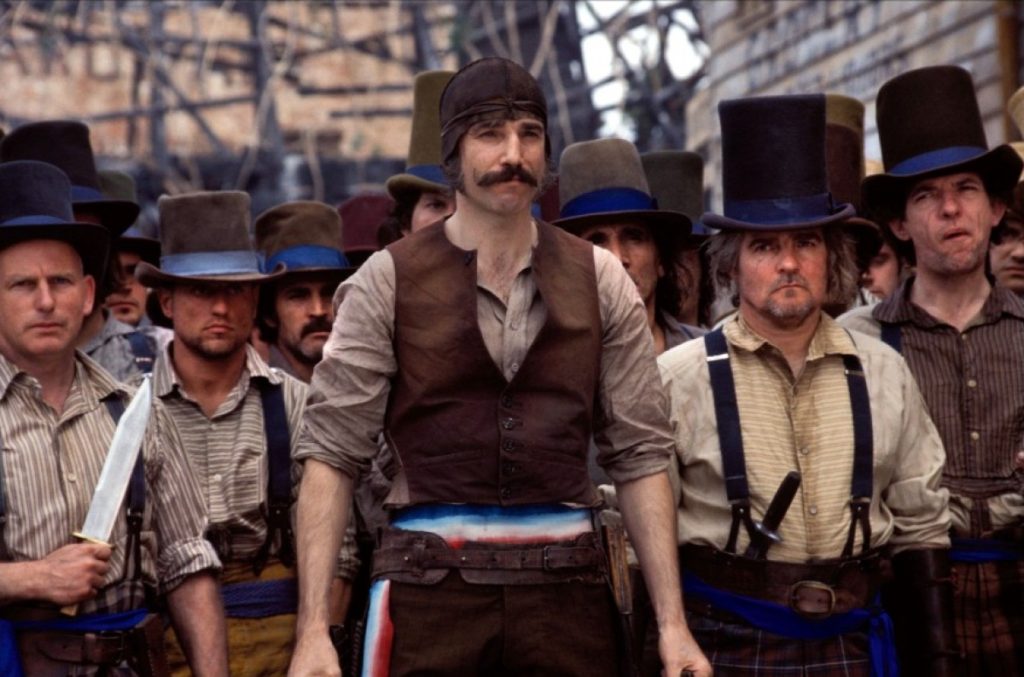In this scene, patriarchy is highlighted as the 1974 South Boston Bus Boycotts were taking place (Delmont 2). In this clip, Frank Costello, a mob-boss played by Jack Nicholson, is talking about the diversity that is flooding into Boston.
As one of his roles as a patriarch is to run an ethnically homosocial group, he is angry with different groups coming into South Boston, hence his language.
The very end of the clip also displays patriarchy, as Costello walks into a small, locally owned convenience store and is immediately handed money from the owner of the store. As soon as Costello walks in, the store owner stops what he is doing and heads right over to the cashier, knowing what will happen if he doesn’t pay Costello.
This scene gives credence to one of the main roles of a patriarch, punishment or pain. As the store owner doesn’t want to face the consequences of not paying – and his facial expression says it all – he gives the money right over.
Works Cited
Delmont, Matthew. “The Lasting Legacy of the Boston Busing Crisis.” The Atlantic, Atlantic Media Company, 29 Mar. 2016, www.theatlantic.com/politics/archive/2016/03/the-boston-busing-crisis-was-never-intended-to-work/474264/.
“Youtube – The Departed Opening (HD) – Jack Nicholson Monologue.” Youtube. Web 10 Dec. 2018 <https://www.youtube.com/watch?v=u5AuLTra3t8.

